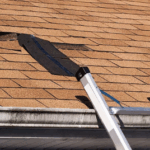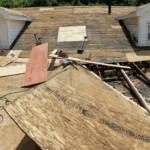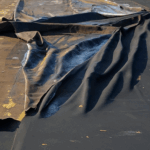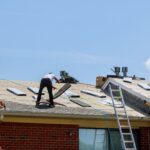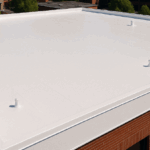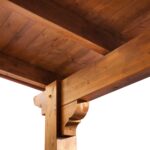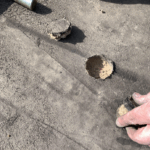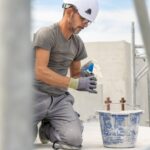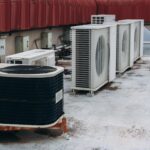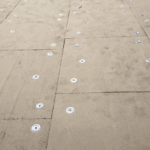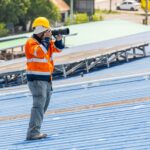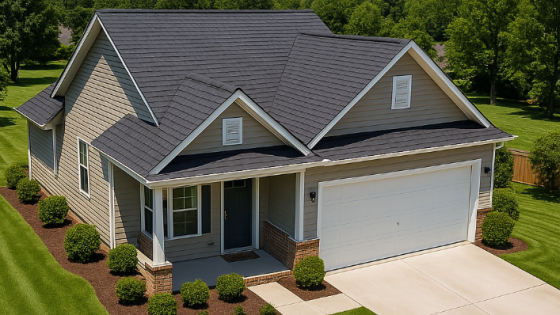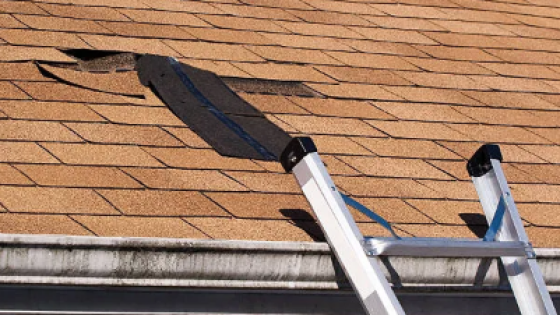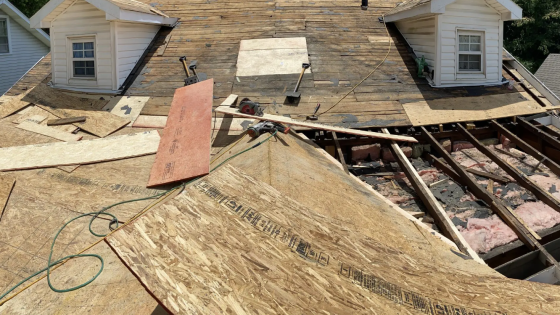When it comes to protecting your home, the roof plays a critical role in shielding you and your family from the elements. Yet, one of the lesser-known yet essential components of a roofing system is roof flashing. If you’re a Knoxville, TN, homeowner, understanding roof flashing and its importance can help you maintain the integrity of your roof and prevent costly damage. In this guide, we’ll explain everything you need to know about roof flashing, and answer the question, “What is roof flashing, and does my roof need it?” and provide expert insights from Litespeed Construction, a trusted local roofing company.
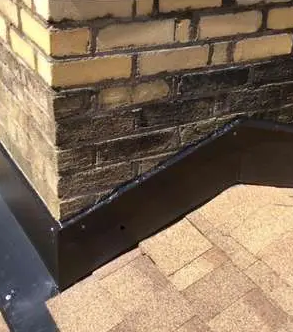
What Is Roof Flashing?
Roof flashing is a thin, waterproof material—commonly made of metal like aluminum, copper, or galvanized steel—designed to prevent water from seeping into vulnerable areas of your roof. Flashing is strategically installed around roof intersections, such as where the roof meets walls, chimneys, skylights, vents, and valleys. These areas are more susceptible to water infiltration due to gaps and seams that naturally occur during roof construction.
Simply put, roof flashing acts as a protective barrier, redirecting water away from these critical points to ensure your home remains watertight. Without proper flashing, even the sturdiest roofs can experience leaks, wood rot, and structural damage.
Types of Roof Flashing
Different types of flashing serve specific purposes depending on the roof’s design and the location of potential weak spots. Here are the most common types of roof flashing:
| Type of Flashing | Purpose | Common Materials | Image |
|---|---|---|---|
| Step Flashing | Installed along roof edges and walls to direct water away from siding or brick. | Galvanized steel, aluminum |
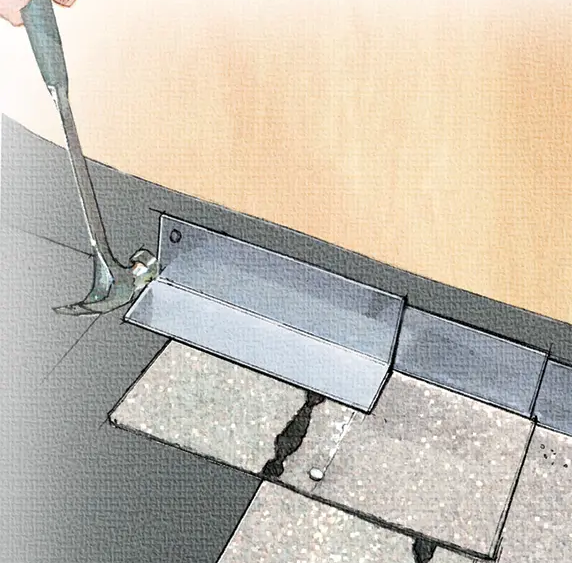
|
| Chimney Flashing | Seals the base of chimneys to prevent water intrusion. | Copper, lead, aluminum |

|
| Roof Valley Flashing | Covers the valleys where two roof slopes meet, channeling water to the gutters. | Galvanized steel, aluminum |
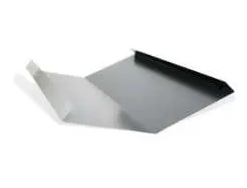
|
| Drip Edge Flashing | Installed along roof edges to direct water into gutters and protect the fascia. | Aluminum, vinyl |
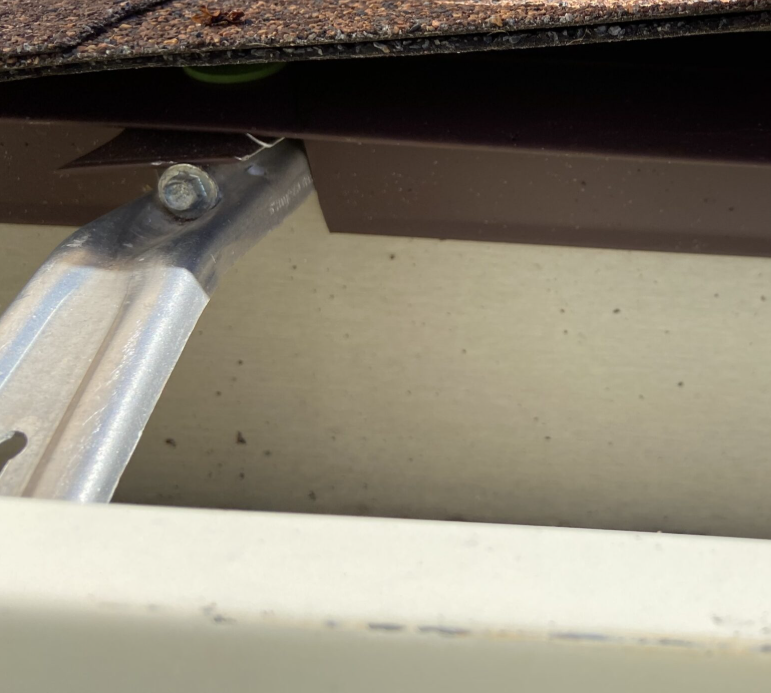
|
| Vent Pipe Flashing | Surrounds vents or pipes extending through the roof to seal the openings. | Rubber boot with metal collar |
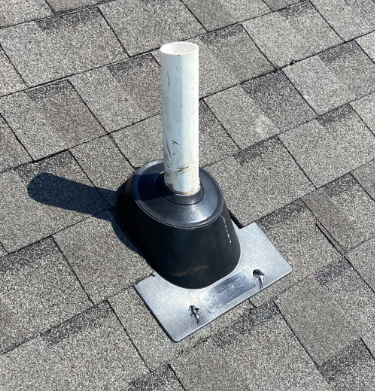
|
| Skylight Flashing | Prevents leaks around skylights by sealing their perimeters. | Aluminum, steel |
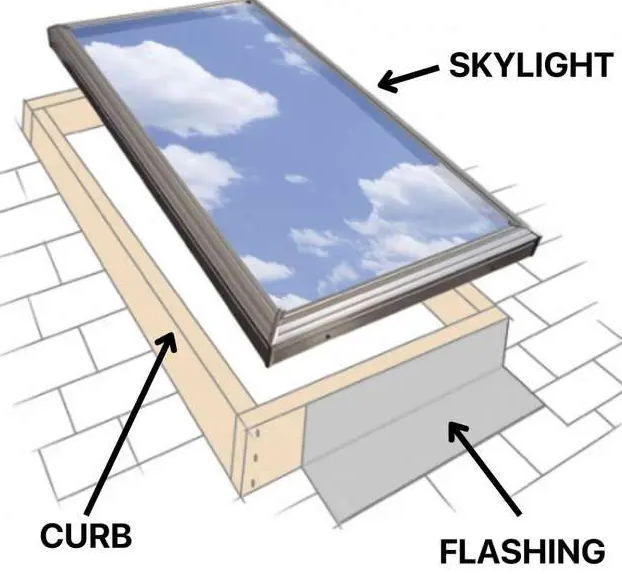
|
Each type of flashing is vital in preventing leaks and ensuring the longevity of your roof. Installing the right kind of flashing for your home requires an experienced roofing contractor like Litespeed Construction to assess your roof’s unique needs.
Does My Roof Need Flashing?
Yes! Every roof needs flashing to prevent water intrusion, particularly in areas that are prone to leaks. Here are a few scenarios where flashing is absolutely necessary:
Chimneys and Skylights
Chimneys and skylights create natural gaps in your roof, making them prime areas for water to seep in. Flashing ensures these features are sealed tightly to keep your roof leak-free.
Roof Valleys
Roof valleys handle high volumes of water during rainstorms, making them one of the most vulnerable areas of your roof. Roof valley flashing redirects water away from these joints, reducing the risk of erosion and leaks.
Roof-Wall Intersections
Where the roof meets a vertical wall, water can pool and find its way into cracks. Step flashing along these areas prevents this and ensures proper drainage.
Eaves and Edges
Drip edge flashing protects the edges of your roof by directing water into the gutters, preventing damage to the fascia and the roof decking beneath.
Dormers and Vent Pipes
Dormers and vent pipes that penetrate your roof create additional weak points. Flashing seals these penetrations to prevent leaks.
Common Roof Flashing Repairs and Costs
Like other roofing components, flashing can wear out over time due to weather conditions, corrosion, or improper installation. Below is a table outlining common flashing repairs and their costs to help you budget accordingly:
| Flashing Repair Type | Average Cost | Details |
|---|---|---|
| Chimney Flashing Repair | $200 - $500 | Sealing gaps or replacing corroded flashing around the chimney. |
| Step Flashing Replacement | $300 - $600 | Repairs or replacements along roof-wall intersections. |
| Valley Flashing Replacement | $400 - $800 | Installing new valley flashing to prevent leaks in high-water areas. |
| Drip Edge Flashing Repair | $150 - $300 | Fixing or replacing flashing along roof edges to protect fascia boards. |
| Skylight Flashing Repair | $300 - $800 | Repairing or sealing leaks around skylight perimeters. |
Note: Prices vary depending on materials, labor rates, and the complexity of your roof.
Benefits of Proper Roof Flashing Installation
Investing in high-quality roof flashing provides homeowners with several long-term benefits, including:
1. Leak Prevention
Properly installed flashing minimizes the risk of leaks, saving you from costly water damage repairs.
2. Extended Roof Lifespan
By protecting vulnerable areas, flashing ensures your roof lasts longer and withstands harsh weather conditions.
3. Energy Efficiency
Well-sealed flashing prevents air and moisture infiltration, helping your home stay more energy-efficient.
4. Cost Savings
Preventative maintenance through flashing can save you thousands of dollars in major repairs down the road.
FAQs About Roof Flashing
Roof flashing is a waterproof material installed around roof intersections and vulnerable areas to prevent water infiltration.
Depending on the material, flashing can last 20-30 years with proper maintenance.
Minor damage can often be repaired, but corroded or severely damaged flashing typically requires replacement.
Look for signs like water stains, leaks, or visible damage to the flashing.
Yes, professional roof replacements usually include installing new flashing.
Copper and galvanized steel are highly durable options, while aluminum is lightweight and cost-effective.
DIY installation is not recommended, as improper installation can lead to leaks and damage.
Flashing replacement costs range from $200 to $800, depending on the type and scope of work.
Home insurance may cover flashing repairs if damage results from a covered peril, like storms or falling debris.
Professionals ensure flashing is properly installed and sealed, providing long-term protection for your roof.
How Litespeed Construction Can Help
Understanding “What is roof flashing?” and its importance is essential for maintaining a safe, durable roof. Roof flashing acts as a safeguard against leaks and structural damage, making it a crucial element of any roofing system. Regular inspections and timely repairs can save homeowners thousands in water damage repairs.
As a trusted roofing company in Knoxville, TN, Litespeed Construction specializes in expert roof flashing installation and repairs. Our team uses high-quality materials to ensure your roof is watertight and protected against the unpredictable Tennessee weather. Whether your roof needs a flashing repair or a complete replacement, we provide reliable services backed by years of experience.
With a commitment to excellence, Litespeed Construction is dedicated to enhancing your roof’s durability while ensuring customer satisfaction. Schedule an inspection today to determine if your roof needs flashing repairs or upgrades!


